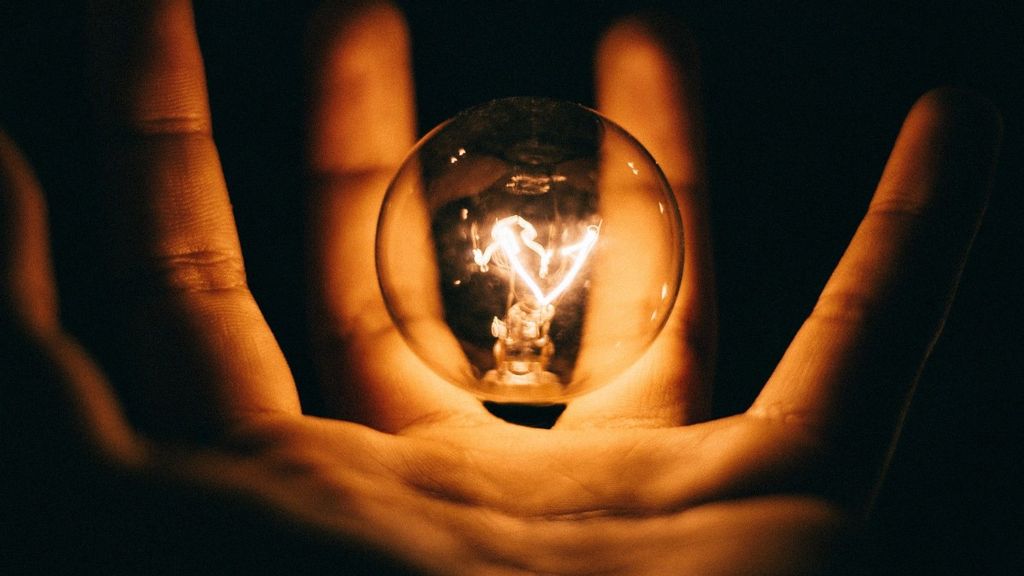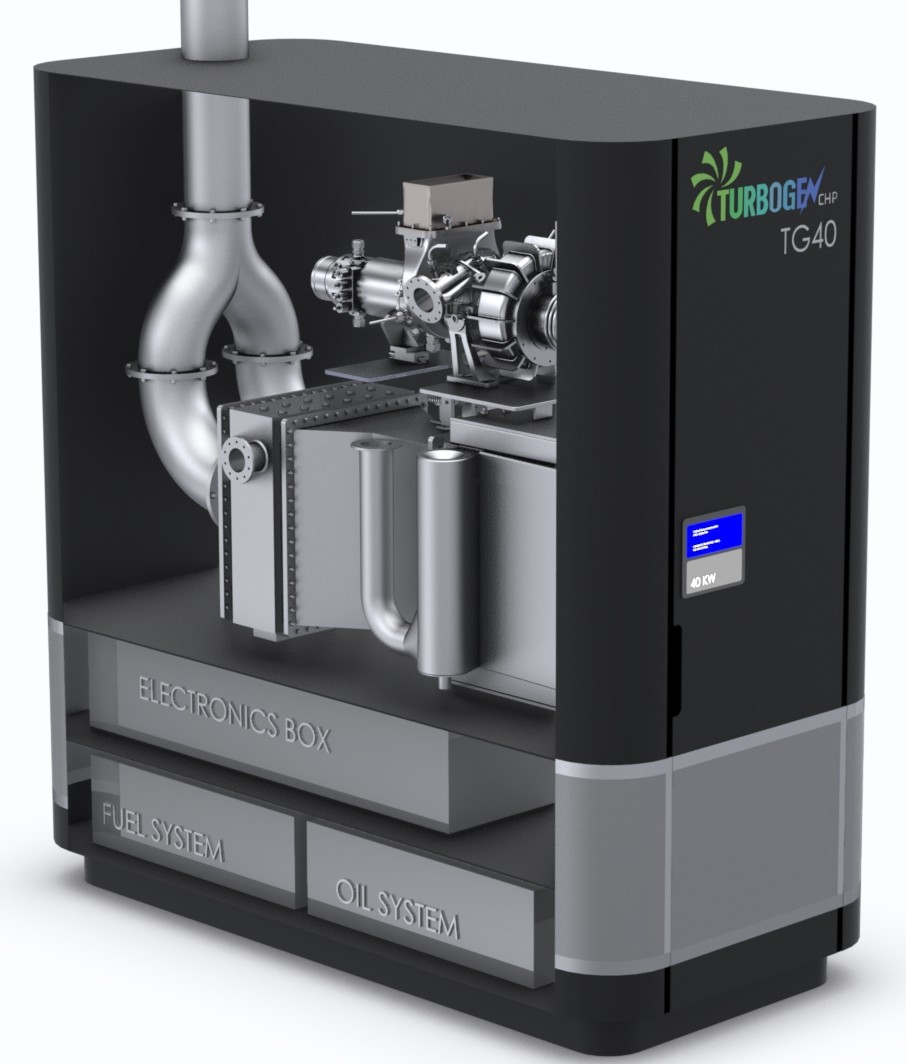
New York City Mayor Bill De Blasio sent out a desperate tweet on June 30 as a heat wave blanketed the area.
“We need New Yorkers to take IMMEDIATE action: reduce your use of electricity in your home or your business for the rest of the day. We need to avoid energy disruptions during this heat emergency,” the mayor tweeted.
People everywhere can expect messages like this as electricity usage rises and breakdowns in the electrical grid become more common. Extreme weather and widespread adoption of electric vehicles will add even more load in coming years.
One solution is for buildings to create their own energy.
This doesn’t mean emergency generators, but stable onsite systems that work 24/7 to provide combined cooling, heat and power — called CCHP in the industry.
An Israeli company, TurboGen, has introduced efficient, relatively small and lightweight, easy-to-maintain microturbines that simultaneously generate electricity, heat and cooling.
The microturbines can replace traditional boilers and air conditioners in multifamily residential buildings, public buildings, hotels, hospitals and offices.
Based on proprietary jet-propulsion technology developed at Rafael Advanced Defense Systems, TurboGen microturbines make CCHP from natural gas. In the future, they could be powered by renewable solar, biogas and hydrogen fuels, said CEO Yaron Gilboa.
Energy independence
Natural gas goes into the microturbine to generate electricity. Extremely hot air produced as a byproduct of this process is collected for heating and cooling, Gilboa said.

“The hot air goes through a recuperator to a heat exchanger to heat water for bathrooms and kitchens. In the winter it also provides heat for the building,” said Gilboa. “In the summer, we use a dedicated chiller to convert the hot air for air conditioning and refrigeration.”
While a standard generator normally reaches 35 percent to 40 percent efficiency in terms of the energy it produces, Gilboa said, “the prototype we built at our lab in Petah Tikva will reach 90 percent efficiency by using the heat from the turbine as a source of energy. We use less natural gas to reach the same level of energy output.”
TurboGen’s microturbines can produce independent electricity and heat for five years before requiring maintenance, says Gilboa.
“The advantages of the system are lowering electricity and heating costs in buildings, providing resistance to power outages, and reducing the amount of greenhouse gas emissions from buildings by replacing the boiler,” he said.
“This technology can also lower real estate and rental prices of apartments and offices.”
Buying the electricity, not the equipment
Gilboa spoke from Manhattan, where TurboGen’s first commercial installation is planned in the second half of next year with a partner, EN Power Group.
“Especially in Manhattan, there is a high financial incentive to replace existing systems with more efficient systems,” he said, and natural gas already is piped to every building there.
TurboGen’s business model doesn’t require any upfront capital investment for setup and installation. Those costs are absorbed by TurboGen and its partners, including natural gas providers and energy service companies.
“We don’t sell the system; we sell the energy generated by the microturbines at the customer’s facility. The customer signs a long-term contract that will include a discount on regular energy rates,” said Gilboa.

There are two sizes of microturbines: The TG-40 produces 40KwH, and the TG-250 produces 250KwH. The latter is 6.5 feet long, 6.2 feet high, 2.9 feet wide. A cluster of microturbines can be set up as needed.
“Our competitors’ systems are mega sized and expensive to install because they require cranes. Ours can go in a freight elevator and are suitable for smaller buildings,” said Gilboa.
Lean company
Founded in 2014, TurboGen received grants from the Israel Innovation Authority and the BIRD Energy Foundation and is now completing an IPO on the Tel Aviv Stock Exchange.
“We run a very lean operation, with 25 employees — 80 percent of them in R&D,” said Gilboa, who has 40 years of executive experience and was formerly president and CEO of an American water filtration company.
“Much of the R&D was done at Rafael,” he said. “We upgraded the product, raising the temperature for greater efficiency.”
Ahead of its commercial launch, TurboGen signed a contract for mass production to be done domestically at Beth-El Industries in Zichron Ya’akov.
Looking to the future, Gilboa said the TurboGen microturbines also can charge electric cars onsite. And their patented multi-fuel technology will allow for hybrid operations combining solar and natural gas or hydrogen.
“You will have solar dishes that absorb the sunlight and sends the heat to the turbine to produce electricity during the day. In the evening it uses natural gas or hydrogen,” he said. “When hydrogen gas becomes widely available, our system could run 100% on renewable green resources.”
For more information, click here
Welcome To A World Where Buildings Can Create Their Own Energy appeared first on Israel21C.
Edited by Judith Isacoff and Bryan Wilkes
The post Welcome To A World Where Buildings Can Create Their Own Energy appeared first on Zenger News.
